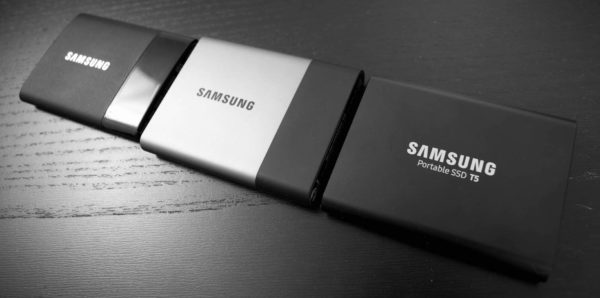User-generated media is Intel’s wet dream
14 Feb 2006Since the CISC processors were invented some decades ago, companies like Intel and AMD have tried to follow some form of Moore’s Law: double the number of transistors on a chip – or the corresponding CPU clock speed – every 2 years or 18 months (there’s more than 1 version of the law).
As it’s become harder for average mortals to see the benefits of faster clock speeds and greater CPU muscle, the guns of the great megahertz war have begun to go silent. In the computer business today, the market places greater value on factors other than processor power - on things like battery life and portability and not having your laptop burn a hole through your trousers. As computing devices keep getting smaller, such secondary characteristics will continue to grow in relative importance.
(from nicholasgcarr.com)
Even while sustaining that growth path has proven to be rather hard now (anyone ever seen a 4GHz processor?), they are still enhancing the horsepower by enlarging cache memory and using dual-core processors. The more power, the higher the price one can ask for.
Any sensible consumer would of course ask: how much power do I really need? If I’m just running Microsoft Office, browsing the web and reading my email, I don’t really need hyper-threading/dual-core 3GHz. For most people this was true. Until recently, the only people that really needed fast computers were:
- Creative professionals: real-time audio/video editing, Photoshop on large images
- Hard-core gamers: for running Quake, Counter-Strike or Half-Life on high resolutions
- Research labs: to construct clusters for large calculations (fluid dynamics, drug simulation)
But that small customer base has grown a lot more as of recently: grassroots multimedia content creation has come to the rescue.

Now I need CPU power to rip my CDs to MP3 or my DVDs to DivX. I receive AVI files and need to convert them to an iPod video format. I record a podcast and encode it to 64 kbps before it’s ready for distribution. My kid makes a video with a web cam or mobile phone and it has to be edited with MovieMaker/iMovie and encoded to Quicktime before posting. For this, I need all the processor power I can get.
Audio and video encoding scales almost linearly with CPU speed. So that 3GHz processor can do the job 25% faster than a 2.4GHz. An extra core makes sure I can continue to work on my computer while it is encoding something. Video encoding with a Celeron/Sempron? Forget it, life’s too short. Again, the chip manufacturers and the computer vendors have a good reason to advise their customers to “take the fastest CPU you can afford” (comparison of old Centrino and new Centrino Duo: 80% to 145% faster for simultaneous MP3 encoding and DVD playback.)
More power! Arr arr arr!
